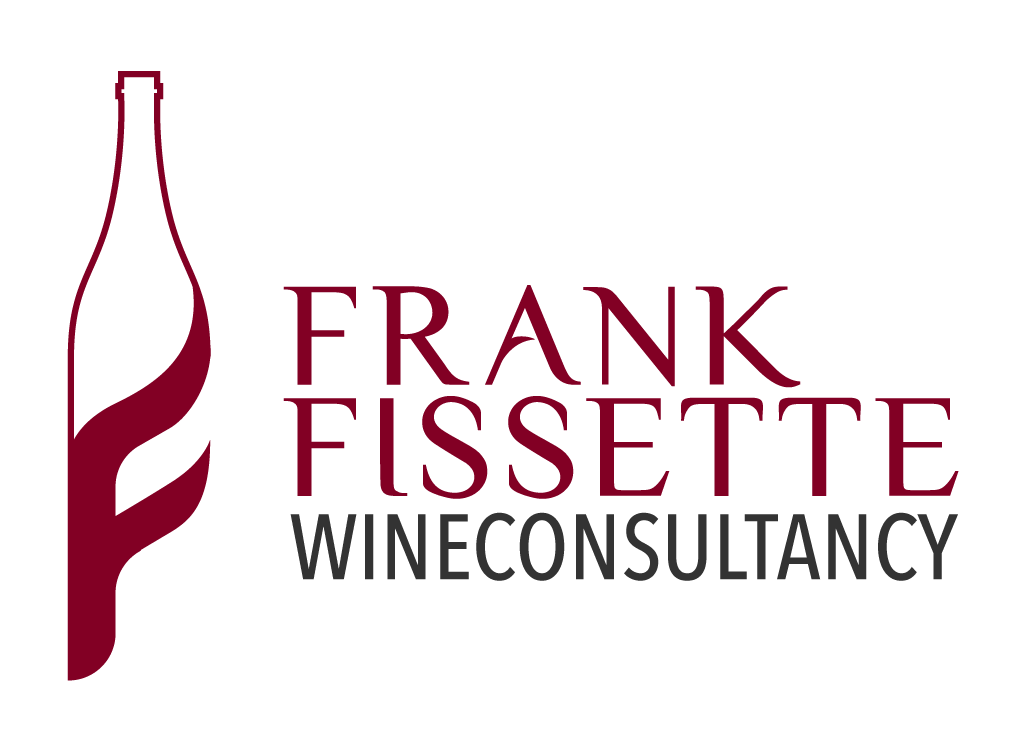The Beaujolais is officially part of Burgundy, but historically this region should be seen as an independent area. The vineyard, 55 km long and 30 km wide, borders the city of Lyon to the south and the city of Macon to the north; the southernmost part of Burgundy where mainly white wines are made. The river; the Sâone is the natural border to the east. The 22,500 hectares of vineyards are located at an altitude between 200 m and 400 m spread over 96 municipalities and are 99% planted with the Gamay blue grape (Gamay Noir à Jus Blanc). The region has about 100 négociants, 3,000 winegrowers who have an average of between 4 ha and 10 ha and 18 cooperatives.
There are different quality levels. At the bottom of the pyramid there is the Beaujolais Nouveau also called Beaujolais Primeur. This wine is mainly made in the southern part, where the soil consists of a lot of clay and sandstone. The better Beaujolais Villages may be produced in only 38 of the 96 municipalities. Here the soil is poorer and consists of granite, porphyry and slate. The top wines in the region come from the 10 Cru municipalities; Brouilly, Chénas, Chiroubles, Côte-de-Brouilly, Fleurie, Juliénas, Morgon, Moulin-à-Vent, Régnié and Saint-Amour. They may possibly downgrade their wine to Beaujolais Villages or Bourgogne. Morgon and Moulin-à-Vent are considered the best crus. With age they can look like Pinoteren or aromatically like red Burgundy wines. In good years they have excellent storage potential.

